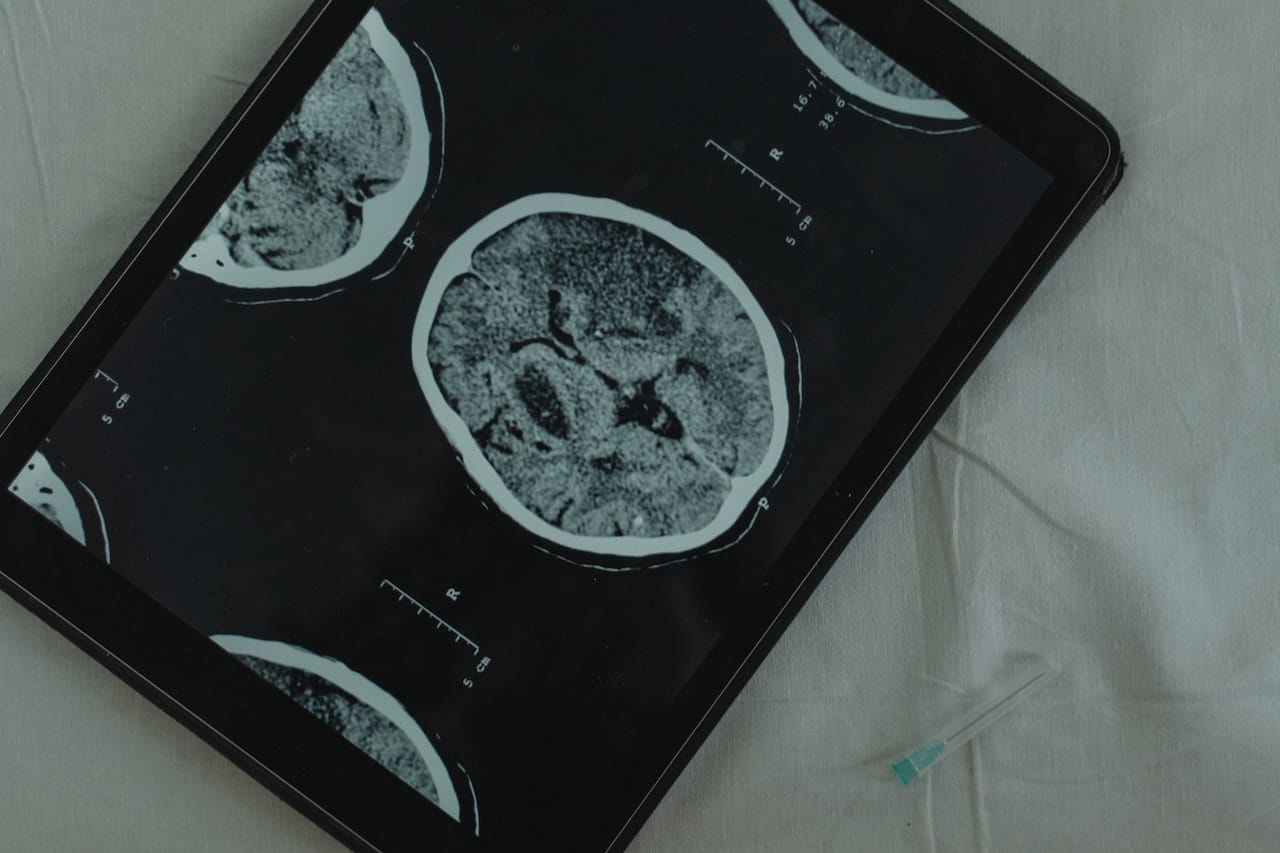Epidemiology, the science of understanding the distribution and determinants of diseases in a population, plays a critical role in shedding light on the prevalence and causes of various health conditions. Among the most significant areas of study is the epidemiology of brain injuries, a topic that holds immense importance in the realm of public health. In this article, we’ll dive into the epidemiology of brain injuries, explore the three main categories of head injuries, and understand the factors contributing to this critical public health concern.
The Scope of Brain Injuries
Brain injuries, particularly traumatic brain injuries (TBIs), represent a substantial and challenging public health issue in the United Kingdom and around the world. They can result from a variety of causes, including accidents, falls, assaults, and more. TBIs have the potential to cause severe and long-lasting effects, significantly impacting the lives of individuals, families, and communities.
Understanding the epidemiology of brain injuries is crucial for the development of preventive measures and the allocation of healthcare resources. It enables us to gain insight into the prevalence of brain injuries, risk factors, and demographic trends. With this knowledge, we can strive to reduce the incidence and improve the quality of care for those affected by such injuries.
What Is the Epidemiology of Traumatic Brain Injury?
The epidemiology of traumatic brain injury focuses on the occurrence, distribution, and determinants of head injuries resulting from external forces. In simpler terms, it helps us understand how and why TBIs happen, who is most at risk, and the impact they have on society.
Prevalence and Incidence
To grasp the extent of the issue, let’s examine the prevalence and incidence of traumatic brain injuries in the UK. According to data from the UK, TBIs are a significant concern, with approximately 1.4 million people living with the effects of a TBI at any given time. These injuries result in various degrees of disability and can be caused by a wide range of circumstances, from road traffic accidents to falls, sports-related incidents, and assaults.
Demographics and Risk Factors
One of the critical aspects of the epidemiology of TBIs is understanding who is most vulnerable. Age is a significant factor, with young children and the elderly being particularly susceptible. Among young children, falls are a leading cause of TBIs, while the elderly often suffer head injuries due to falls as well. Additionally, males are more likely to experience TBIs compared to females.
Occupation and lifestyle can also influence the risk of traumatic brain injuries. Those involved in physically demanding jobs or engaging in high-impact sports, for instance, face a higher likelihood of sustaining head injuries. The use of safety gear and adherence to safety protocols can play a crucial role in reducing these risks.
Consequences and Disability
Another critical aspect of understanding the epidemiology of brain injuries is recognising the consequences and disabilities that can result. TBIs can lead to cognitive, physical, and emotional impairments, affecting the individual’s daily life and their ability to work or engage in social activities. The long-term disabilities caused by TBIs may necessitate ongoing medical care and support services.
The Three Main Categories of Head Injuries
Traumatic brain injuries, while commonly discussed, are just one category within the broader field of head injuries. Head injuries can be categorised into three main groups, each with its own characteristics and epidemiological patterns.
Traumatic Brain Injuries (TBIs)
As mentioned earlier, traumatic brain injuries result from external forces, such as a blow to the head. They encompass various degrees of severity, from mild concussions to severe injuries causing long-term disability or even death. The epidemiology of TBIs includes factors like the mechanism of injury, age, and gender, which we discussed earlier.
Non-Traumatic Brain Injuries
Non-traumatic brain injuries, on the other hand, stem from factors unrelated to external forces. These include events such as strokes, tumours, infections, and metabolic disorders. While TBIs are often discussed more prominently, non-traumatic brain injuries are not to be underestimated. The epidemiology of non-traumatic brain injuries delves into the prevalence of these conditions, their causes, and their impact on individuals and society.
Penetrating Head Injuries
Penetrating head injuries are the third category and result from objects, such as bullets or shards of glass, penetrating the skull and damaging brain tissue. These injuries can be fatal, and the epidemiology of penetrating head injuries examines the circumstances surrounding such incidents, the associated morbidity and mortality rates, and potential preventive measures.
Contributing Factors to Brain Injuries
Understanding the epidemiology of brain injuries involves identifying the contributing factors that increase the risk of such injuries. These factors are multifaceted, encompassing both individual and societal elements. Let’s explore some of the key contributors.
Alcohol and Substance Abuse
Alcohol and substance abuse can significantly increase the likelihood of sustaining a head injury. Impaired judgement and coordination resulting from intoxication can lead to accidents and risky behaviours. The link between alcohol and head injuries is a matter of concern in the field of epidemiology, prompting public health initiatives to address this issue through education and awareness campaigns.
Falls
Falls are a prevalent cause of head injuries among various age groups. In the elderly population, falls can result in fractures and head trauma, while young children may experience head injuries when learning to walk or playing. Understanding the circumstances and risk factors surrounding falls is an essential aspect of the epidemiology of head injuries.
Road Traffic Accidents
Road traffic accidents are a significant contributor to traumatic brain injuries. The use of seat belts and helmets, as well as safe driving practices, plays a crucial role in reducing the incidence of head injuries resulting from traffic accidents. Epidemiological studies often assess the impact of road safety regulations and initiatives on the occurrence of head injuries.
Sports and Recreational Activities
Engaging in sports and recreational activities can be a double-edged sword. While physical activity is essential for overall health, high-impact sports can lead to head injuries. The epidemiology of sports-related head injuries evaluates the risk factors in various athletic disciplines and informs the development of safety measures to protect participants.
Making a Serious Injury Claim with National Claims
At National Claims, we understand that accidents resulting in traumatic brain injuries or other head injuries can be life-changing events. We are here to help you navigate the claims process. Our experienced team of legal professionals specialises in personal injury cases and can guide you through the steps to seek compensation for the physical, emotional, and financial impact of a head injury.
Understanding Your Rights
The first step in making a serious injury claim is understanding your rights and entitlements. National Claims can provide you with a clear and comprehensive explanation of your legal standing and the potential compensation available to you. We will assess the circumstances of your injury and determine the liability of the responsible parties.
Gathering Evidence
To build a strong case, it is essential to gather and preserve evidence related to your injury. National Claims will assist you in collecting medical records, accident reports, and any other relevant documentation. This evidence will be critical in establishing the cause and extent of your head injury.
Emotional Support
Dealing with a head injury can be emotionally challenging, both for the injured party and their loved ones. At National Claims, we recognise the importance of emotional support during this difficult time. Our team will offer guidance, compassion, and understanding as we work together to address the legal and financial aspects of your injury.

Conclusion
The epidemiology of brain injuries is a multidimensional field that sheds light on the distribution and determinants of head injuries in the population. It helps us understand the prevalence and incidence of traumatic brain injuries, the demographics and risk factors, and the consequences and disabilities that result from such injuries. Additionally, it extends its scope to encompass non-traumatic brain injuries and penetrating head injuries, offering a comprehensive view of the landscape of head injuries.
By identifying contributing factors like alcohol and substance abuse, falls, road traffic accidents, and sports-related activities, epidemiologists aim to reduce the burden of head injuries on individuals and society. Through public health initiatives, safety measures, and education, we can work toward preventing brain injuries and providing better care for those affected by them.
As we continue to unravel the complexities of head injuries, the knowledge gained through epidemiology will guide us in our efforts to minimise the impact of brain injuries on our communities. With a deeper understanding of the epidemiology of brain injuries, we can pave the way for a safer and healthier future.
If you’ve been affected by a head injury and are considering making a serious injury claim, National Claims is here to support you through the process. Our team of legal professionals will stand by your side, ensuring that you receive the compensation you deserve. Together, we can work towards a brighter future after a challenging event like a traumatic brain injury.
Start your claim with us today by contacting us and find out more about how we deal with serious injuries.
Click below to see why we are one of the most trusted claims management companies in the UK.

We’re proud of our excellent customer reviews
We thrive on delivering exceptional service and ensuring our clients’ satisfaction. Don’t just take our word for it. Check out some of our independent reviews to see what our clients have to say.
Excellent

This firm is excellent, they sorted out my car pay out and injury claim very fast, they always communicate with you all the time.

My accident case was dealt with confidence and with great result of the outcome, especially James kept me informed all the time.

I was very impressed at the way my inquiry was treated. I was listened to attentively and everything I needed to know was explained to me.






